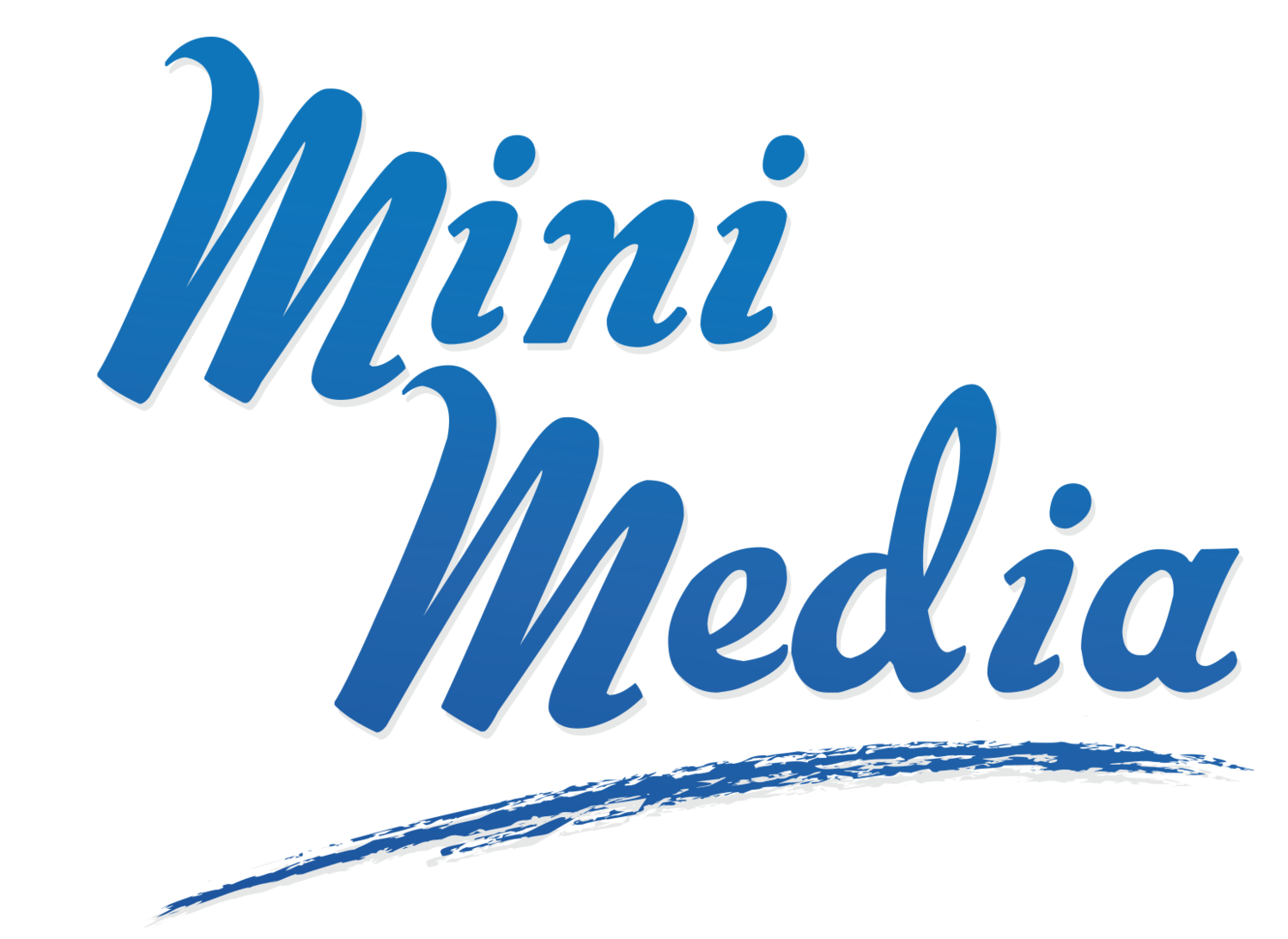Website Launch Checklist
Our website is like a business card for your company. It’s the first thing your customers see, a place where they get information about you and decide on making a purchase. It has to include all the information you want your customers to know about your business. But what makes a good website? How do you stand out from 1 billion other sites and provide all the necessary information for clients?
What You Should Do Before Beginning Your Website Design
Audit your previous website if you’ve got one
Ask yourself these questions
What is the purpose of a new design or website upgrade?
What have you not achieved with your existing site?
How will a new design serve the new business?
Website Checklist
Website Strategy
What are your website goals? e.g. email subscribers, downloads, conversions.
What services do you offer?
Understand your audience.
Know and promote your value e.g. distinguish yourself from your competitors.
Develop measurable goals e.g. increase awareness, improve webmasters, and create content.
Know your core website pages e.g. Navigation and footer.
Website Vision
Create your vision eg. what is most important to you as a business owner.
How would you describe your personality e.g. professional, creative?
Qualities of your ideal client and what they love most about you.
How would you describe your brand style e.g. clean, modern, fresh?
Elements you love from other websites.
Choose your photos wisely
Are you going to blog and if so what about?
Are you going to capture subscribers and send monthly newsletters?
What call to actions are you going to include e.g. Sign up, Subscribe, Add to Cart, Pre-Order
What are your clients saying about you, start collecting those testimonials?
E-commerce e.g. products/services, digital products.
Build It
Choose a Solid CMS (Content Management System)
A CMS, or content management system, often allows you to design a website from a pre-created template, optimize your content for SEO, and edit the content after it's published.
My preferred platform by miles is Squarespace.
Launch It
As soon as your site is launched, we recommend you:
Verify your site with Google Search Console - After you've verified your site with Google, you can manage your site’s presence in Google search results and see how visitors find you.
Verify your site with Bing Webmaster Tools - Verify your site with Bing to manage your site’s presence in Bing and Yahoo search results.
Connect to Google Analytics - Track visits and other reporting on your site through our built-in integration with Google.
Enable AMP - If you have a blog, enabling AMP creates a stripped-down version of your site that loads faster on mobile devices.
Facebook Pixel: is a tool that tracks visitor activity on a website to help Facebook understand and target users for ads. For example, if a visitor views a product, Pixel can read that information so you can show ads for the product to that same visitor.
Facebook Pixel is a helpful integration for any business, whether you’re selling products or want to drive more traffic to your site.
After launch
As you add or edit content, ensure that your site stays as friendly as possible for search engines.
Follow Google Analytics - Use our integration with Google Analytics for more visitor tracking and reporting.
Make updates strategically - Continue optimizing your site by following our content best practices.
Redirect changed or broken links - If you change the URL slug on a page on your site, create URL redirects to forward visitors who go to the old URL to the correct page.
Continue updating and adding content - Updating your site frequently helps search engines see your site as an active site. One way to regularly add content to your site is to start blogging.



